While some plants need a coarser pruning than others, in general, the golden rule is to cut no more than 15 to 20 percent of a tree canopy at a time. Older trees need as much photosynthetic foliage as possible to stay healthy. In general, a healthy and mature tree can only bear to have about 10 to 15 percent of its foliage removed at the same time. Environmental stresses, such as drought or temporary humid conditions, cannot be overcome with older trees that do not have the energy reserves for recovery.
If you have a particularly sickly tree, any removal of the foliage can cause it to die permanently. Because the goal is not to change the size or shape of the tree, thinning must be constant throughout the tree. You only need to remove 10 to 20 percent of tree branches from the edge of the canopy. Large trees benefit from removing end parts of branches between 1 and 4 inches in diameter.
Small ornamental and fruit trees can be thinned by removing smaller branches between ¼ and ½ inch thick. You need to prune the trees to thin the crown so that the tree looks completely unpruned. You may be tempted to prune trees heavily to provide more growing space for lawns or other plants. However, excessive pruning is very unhealthy and, in fact, can kill a plant.
As a rule, you prune no more than 15% of the foliage. If you have to leave room for other plants, it is better to remove a tree altogether than to risk pruning it excessively. Most light and routine pruning to remove weak, dead or diseased branches can be done at any time of the year with little effect on the tree. If the tree is in the right place, with fertile soil, these vigorously growing trees have enough energy and strength to support this type of canopy pruning.
I recommend leaving large, established shade trees to qualified arborists and tree care professionals. She emphasizes that qualified tree care specialists are pruning trees every day throughout the year without many detrimental effects. Crown thinning involves pruning a tree to remove specific living branches and reduce the overall density of the tree. Because tree pruning can be a difficult task, calling a specialist like Martin's Tree Service can save you time and frustration.
Tree branches are pruned for multiple reasons, all of which result in a better-looking, better-yielding tree. Although a dense canopy of trees provides shade and looks attractive, it is necessary to cut branches properly to prevent branches from becoming too heavy and to encourage fruit trees to produce more. Save tree care pruning when the tree is actively growing in early spring or completely dormant in the winter months. Poor pruning can cause damage, the tree must grow and make the wound stay inside the tree forever.
Regular pruning throughout the life of a tree reduces the amount of work needed and stress on the tree. If you're not sure how much you should prune your trees and shrubs, contact Elite Tree Care for more information. Trees are getting ready for dormancy back then, and it's pulling everything good out of their leaves for storage, says Tchukki Andersen, staff arborist at Tree Care Industry Association (TCIA) in Manchester, N.C. Some types of trees require special care when pruning to avoid diseases, pests and growth problems, so always research the specific requirements of your tree before pruning it.
Young trees that are improperly pruned or not pruned at all for several years may require intensive pruning to remove larger branches and prevent trees from deforming. Pruning a tree can improve its appearance, prevent pests and diseases, and help the tree grow strong and healthy. .
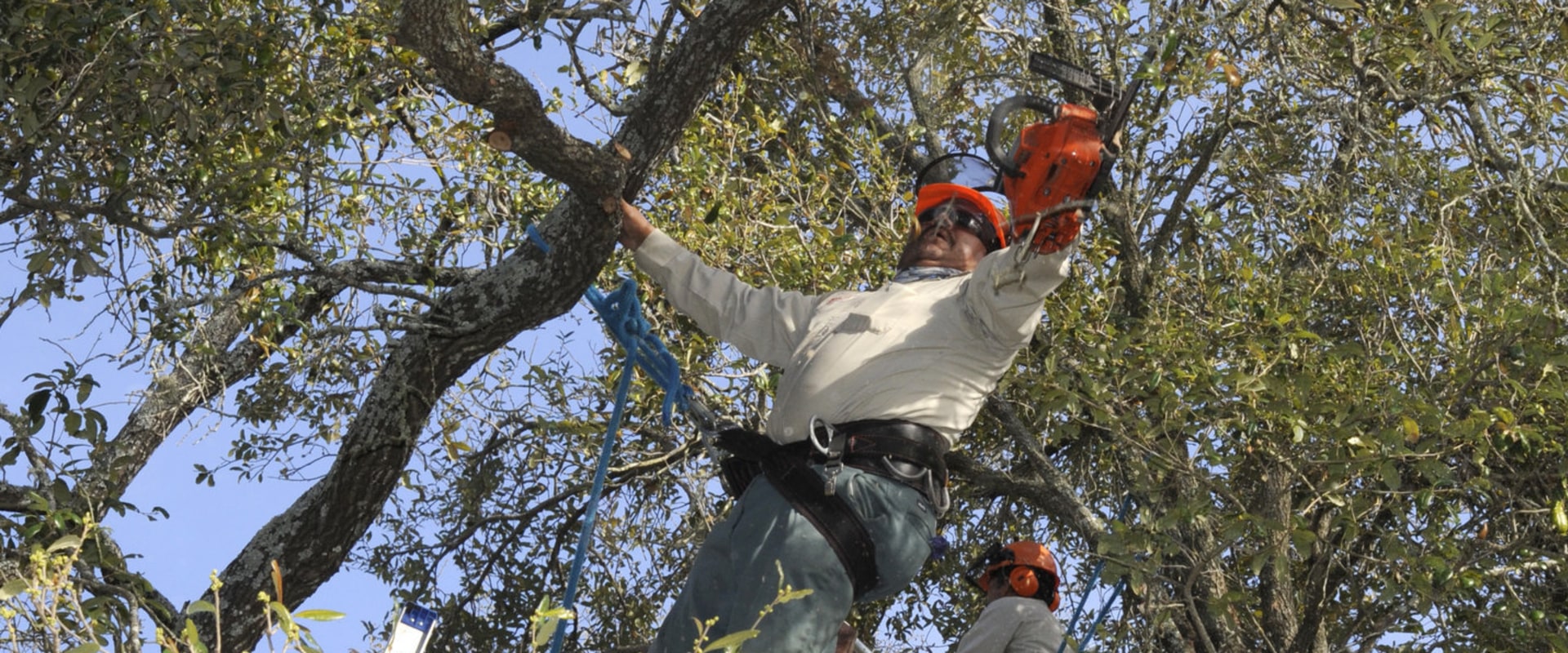
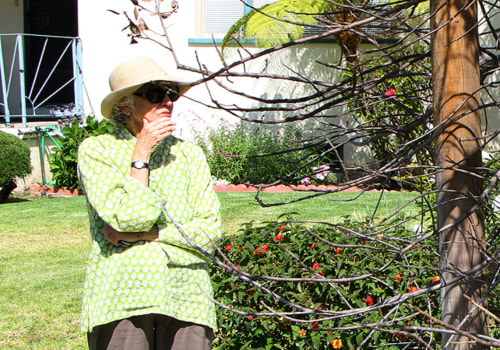
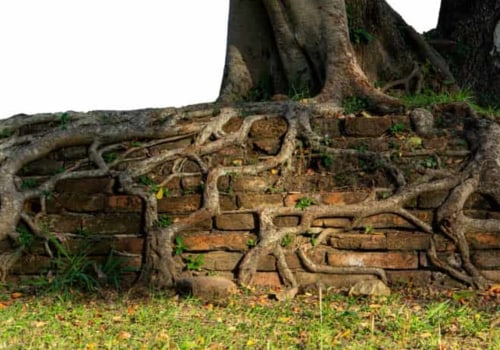
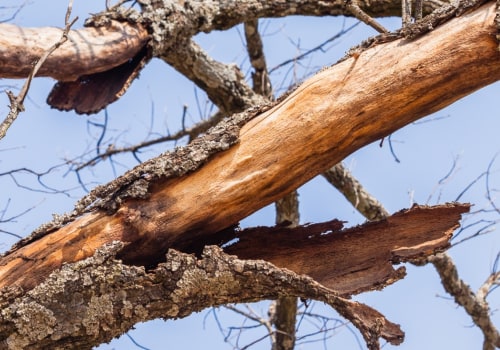

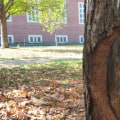
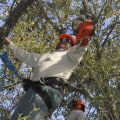
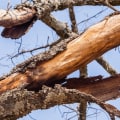
Leave Reply